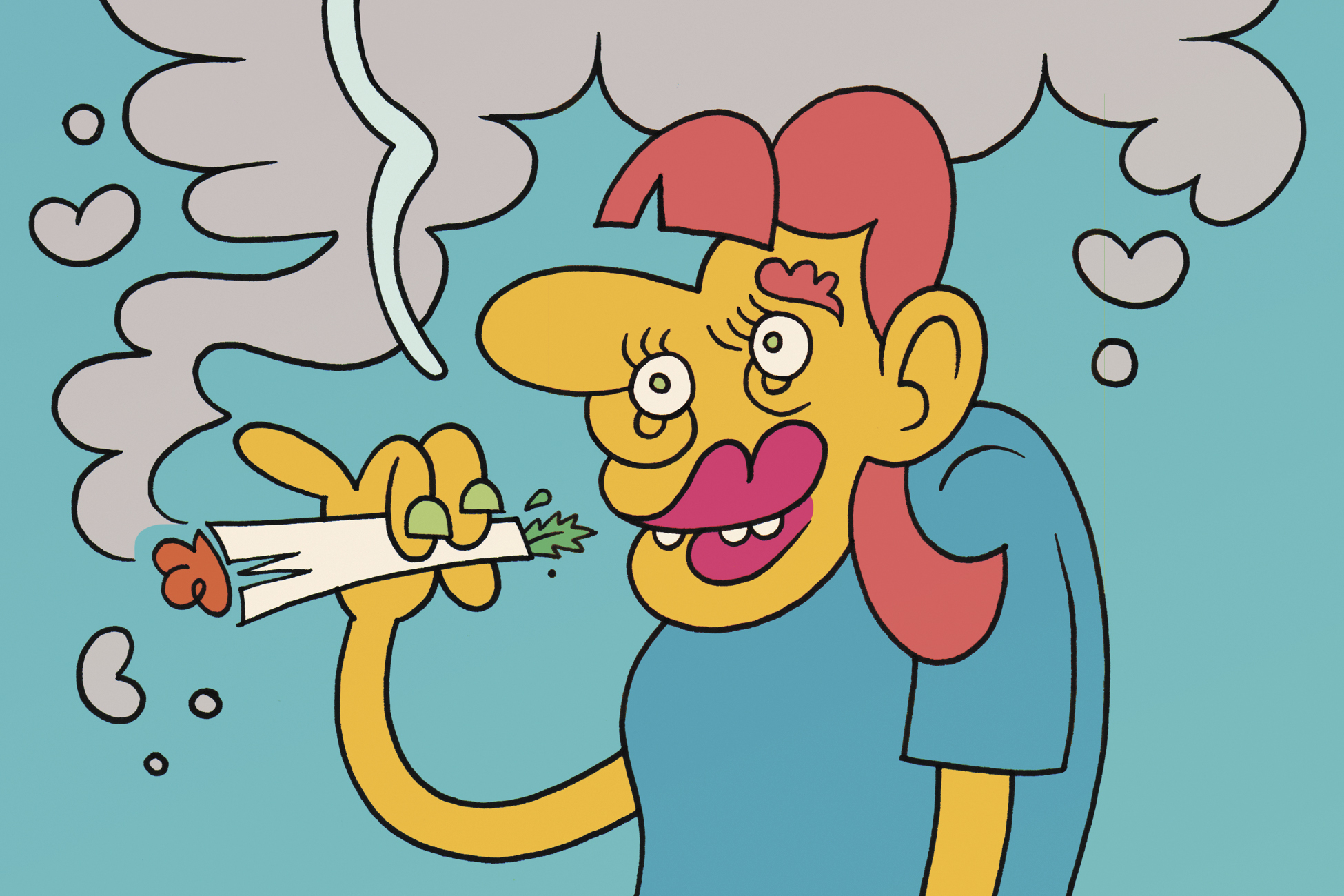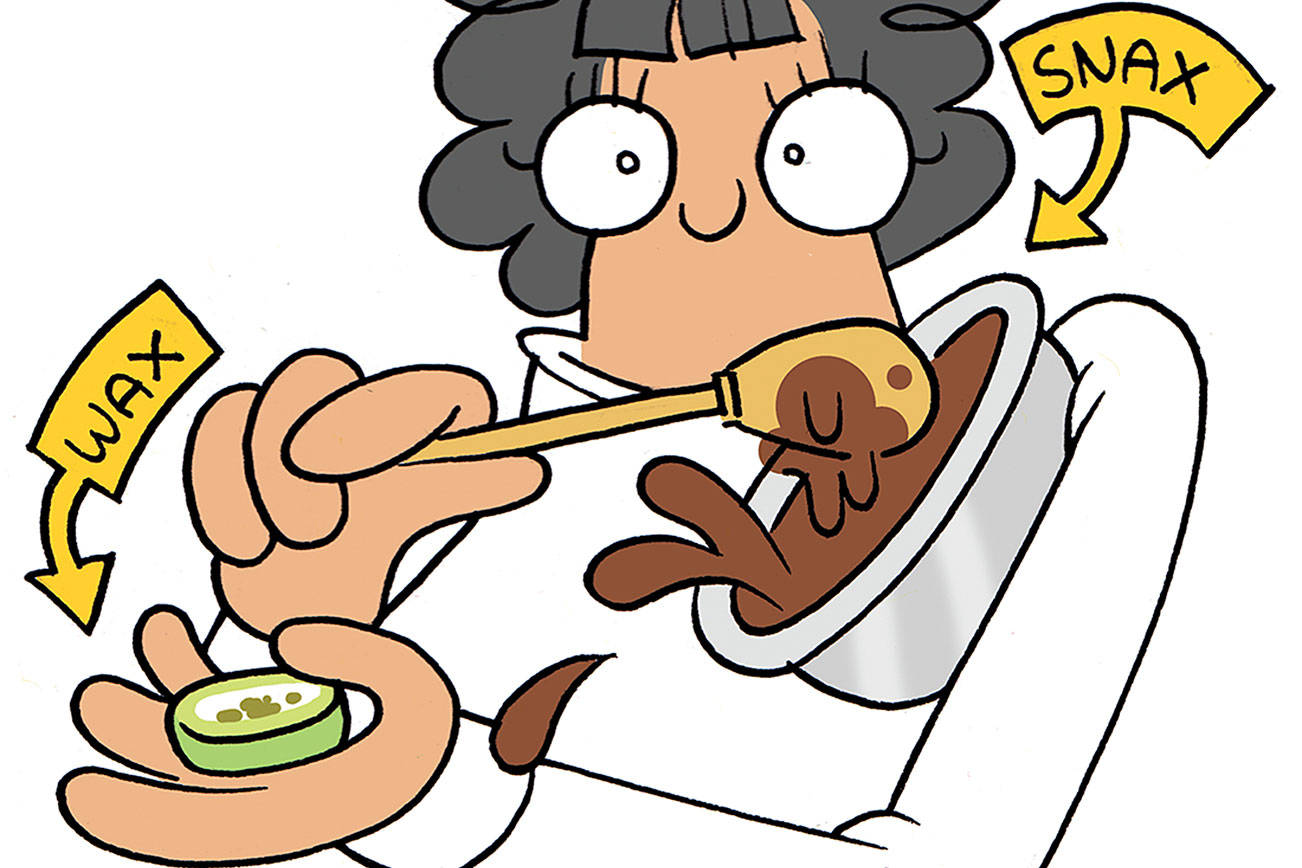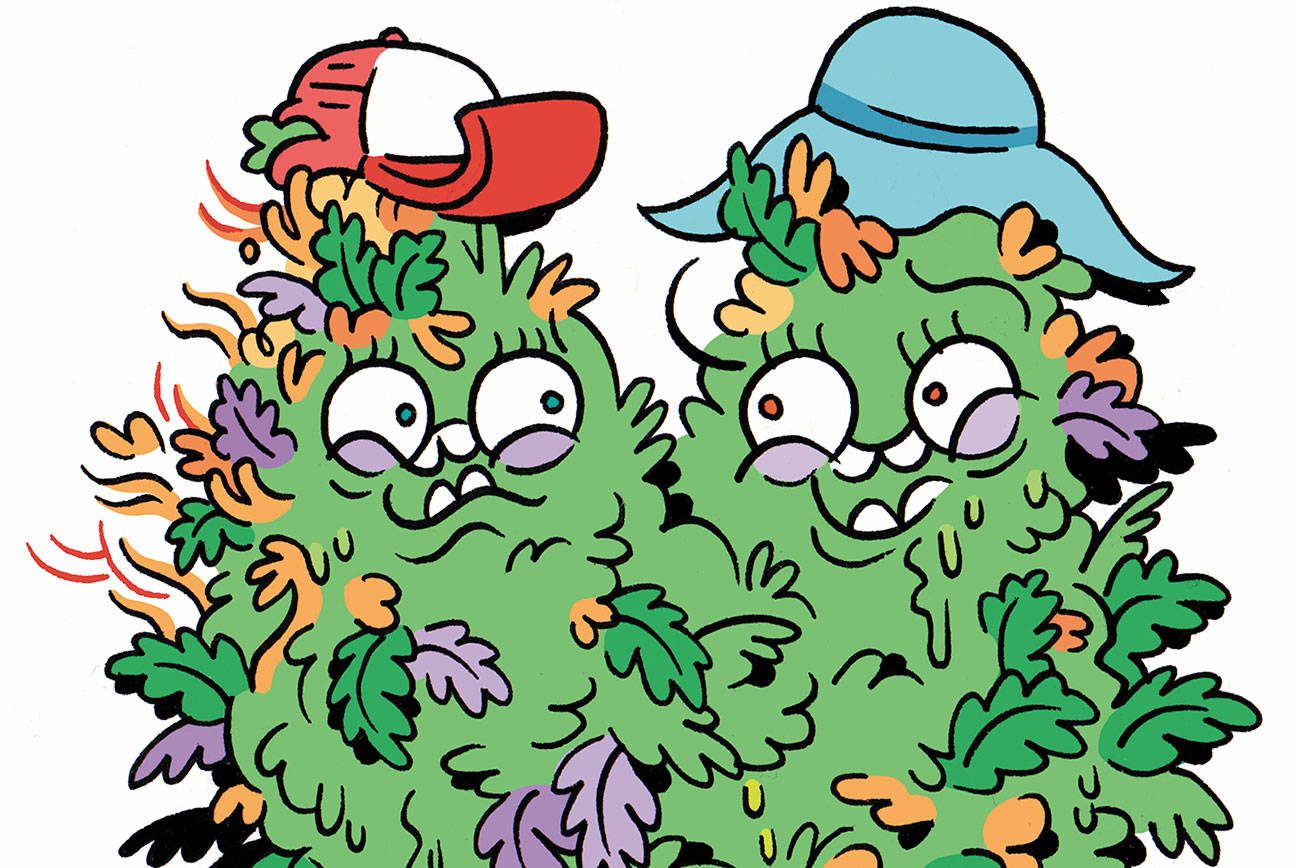Walk into a pot shop or open any weed review, and you’re inundated with words like “cannabinoid” and “terpene.” Behind the simple pleasure of a nice smoke is a complex world of neurotransmitters and psychoactivity profiles. Don’t be intimidated. Though complex, these attributes of the bud in your bowl are relatively easy to understand.
You have likely heard of THC and CBD. But what are they? Part of a lovely family of molecules called cannabinoids, the molecules in weed responsible for all the effects we enjoy. Currently, science knows of more than 100 cannabinoids in cannabis.
Many conversations about the strength and specific effects of a plant are centered on cannabinoids. For people looking to get stoned, THC is the place to start. For years, growers did everything they could to encourage THC production, to the detriment of all other cannabinoids. But as laws relax, growers, doctors, and patients are able to push for CBD research. CBD will not get you high, not even a little. However, it has been used to amazing effect in the fight against epilepsy, autism, cancer, multiple sclerosis, and a host of other ailments.
Alongside cannabinoids are terpenes, an awesome class of organic compounds created by plants (and some bugs). The characteristic scents and flavors in your buds—cheese, citrus, pine, or earthiness—are all attributed to these compounds, kind of the pheromones of the plant world. There are at least 100 different terpenes in cannabis. Where growers were previously concerned with strength, they are beginning to embrace a vintner’s approach, cultivating plants based on their flavors.
But terpenes aren’t just for flair. They also heavily influence how our bodies interact with cannabinoids, and how much of them we absorb by working synergistically with the other compounds found in a plant, enhancing their effect. Terpenes even interact with neurotransmitters like serotonin and dopamine, meaning that extra-spicy-smelling Kush might also be extra-effective at helping you sleep, regardless of the THC content.
Last but not least, we have trichomes. Without these tiny, sweet little dudes, we would possibly not be so infatuated with cannabis. Take a look at a super-close-up picture of a pot plant. You will see it’s covered in incredibly tiny, sticky little hairs with a dollop of dew on the end. These are trichomes. And that dollop of dew is where our good friends the cannabinoids are found.
Trichomes won’t appear until a plant is fairly mature, and while they look beautiful, contributing to buds’ sparkly appearance, a proliferation of them doesn’t necessarily mean the weed is super-strong. They’re an excellent visual indication of the best time to harvest a plant to maximize its effects. A skilled grower can bring out the best in a plant by having a good understanding of these tiny helpers.
stashbox@seattleweekly.com








